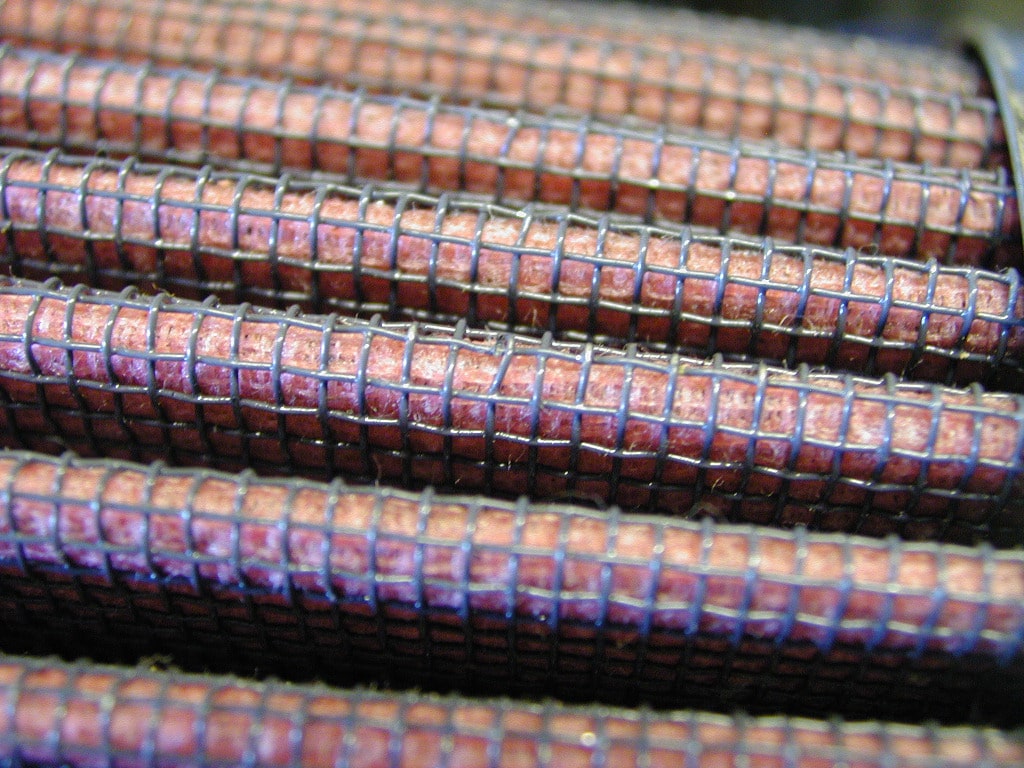A guide to air purifiers
If you and your family are prone to allergies or asthma, getting an air purifier might be a worthwhile investment. Read on to learn more.

Air pollution can be a problem inside the home. If you and your family are prone to allergies or suffer from asthma, getting an air purifier might prove to be a worthwhile investment.
As odd as it may seem, the air in most homes are even dirtier than the air outside. This is mainly due to air contaminants such as dust particles and bacteria circulated by heaters and air-conditioners, fur dander from pets, or tobacco smoke. The result is a combination of contaminants that can be harmful to kids and people with allergies and other respiratory illnesses.
If sneezing and coughing are typical scenarios in your household, using an air purifier is one way to clear and clean up the air. But how do you choose an air purifier? What type would offer the most benefit to you and your family?
Have a look at the different types of air purifiers found in the market today:
Filters
These nifty things are also called air cleaners. Air filters are usually part of your heating and cooling system. They can also be placed into the air return vents of every room. Air filters are typically made of fibreglass, cotton or foam and can be pretty pricey though some filters are washable. Another drawback is that the filters sometimes restrict the system’s airflow, causing a dip in its efficiency.
HEPA or High Efficiency Particulate Air filters
HEPA filters set the standard for air filtering. It can trap pollen, mould spores, dust, dust mites and your pets’ dander. Because of it’s filtering efficiency, you have to change the filter on a regular basis. By prolonging the change, you risk making the filter a breeding ground for the micro-organisms that are in it. It’s also more expensive than the other filters.
Ionizing filters
Air ionizers work by charging airborne particles or ions and emit these in the air to combine with impurities such as dust, bacteria, and other allergens. Once these particles clump together, they become too heavy to float in the air and thus settle on furniture or on the floor.
Activated carbon filters
These filters are often used together with other filters. They excel at neutralizing odours, smoke, and fumes. However, they can’t absorb dust and other allergens. Also, they have to be replaced when full.
Other considerations
When choosing among air purifiers, you should also consider the installation requirements as well as the costs that come with maintenance and cleaning. Still, the benefits may outweigh the disadvantages especially where your family’s health is concerned.